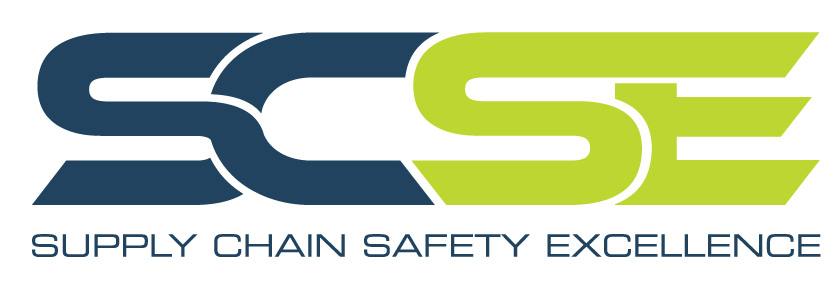There’s no silver bullet when it comes to achieving safety excellence, or business excellence in general for that matter, but if anything comes close it is the calibre of ‘LEADERSHIP’. This is what I have learnt from firsthand experience over 25 plus years in the corporate world across three different organisations and multiple operating divisions in both frontline management and OHS professional roles. This has been repeatedly espoused over the decades using such phrases as:
“It either starts at the top or it doesn’t start at all” (attributed to DuPont)
“You achieve the level of safety that you demonstrate you want” (attributed to DuPont)
“If you can’t manage safety, you can’t manage” (attributed to BlueScope)
“What interests my boss, fascinates me” and “If my boss is keen, I am passionate”
Leadership Research
There has also been much research into what makes a great safety leader, for example Krause [2004][i] found that:
“The quality of leadership is the single most important factor that distinguish(es) organisations which are successful… from those that are less successful.”
Furthermore, a study by Hale et al. [2010][ii] found that effective intervention strategies aimed at improving safety outcomes were more successful based on the amount of energy and creativity applied by top managers (and safety professionals).
Personally, I have observed the direct influence and positive impact strong safety leadership can have on safety performance, outcomes and culture, and unfortunately the reverse holds true for less than competent safety leadership. And leadership sets the agenda for other fundamental pillars of safety such as technology and systems.
Following on from my first article, “Safety excellence is business excellence” – The top 3 reasons why, parallels to safety leadership can be drawn from the three obligations previously discussed as follows:
MORAL obligation – Lead with your HEART
Are you committed to, and visibly involved in, championing safety because it’s the right and decent thing to do? Do you lead from the heart because you genuinely care for the health, safety and wellbeing of people? Do you take a more proactive approach to managing safety which leads to less injuries, improves morale and engagement?
FINANCIAL obligation – Lead with your HEAD
Do you manage safety because of the direct and indirect costs associated with injuries and incidents, and compliance activities? Do you lead from the head because there are cost savings to be made? Do you take more of a reactive or calculated approach to managing safety? Or do you see safety as an investment and take more of a proactive approach to managing safety?
LEGAL obligation – Lead with your GUT
Do you manage safety because you fear getting hit with the “the big stick” (being fined or imprisoned)? Do you lead from the gut because you follow the rules, using a compliance based approach? Or are you even willing to run the gauntlet, take a risk, knowingly or unknowingly? Or do you have strong sense of what is right and always to the right thing regardless if it’s the law?
Do you have a healthy balance of all three leadership styles?
You have a strong sense of what is right and care for people, you see safety as an investment, not a cost, and you always do the right thing, regardless if anyone else is watching or not. What does your (safety) leadership style say about you? What would your team say about your leadership style? If you’re unsure, why not ask…
So, what does make a great safety leader? Further to the snippets above there is more on that topic to come in the “Safety excellence is business excellence” series…
In the meantime, if you require assistance to develop a proactive approach to managing safety or to enhance your safety leadership style, please call Supply Chain Safety Excellence to see how we may be able to assist you.
References
[i] Krause, T.R. “Influencing the Behavior of Senior Leadership. What makes a great safety leader?”, Professional Safety, June 2004: 29-33.
[ii] Hale, A.R., Guldenmund, F.W., van Loenhout, P.L.C.H., Oh, J.I.H. 2010. Evaluating safety management and culture interventions to improve safety: Effective intervention strategies. Safety Science 48 (2010), 1026-1035.


